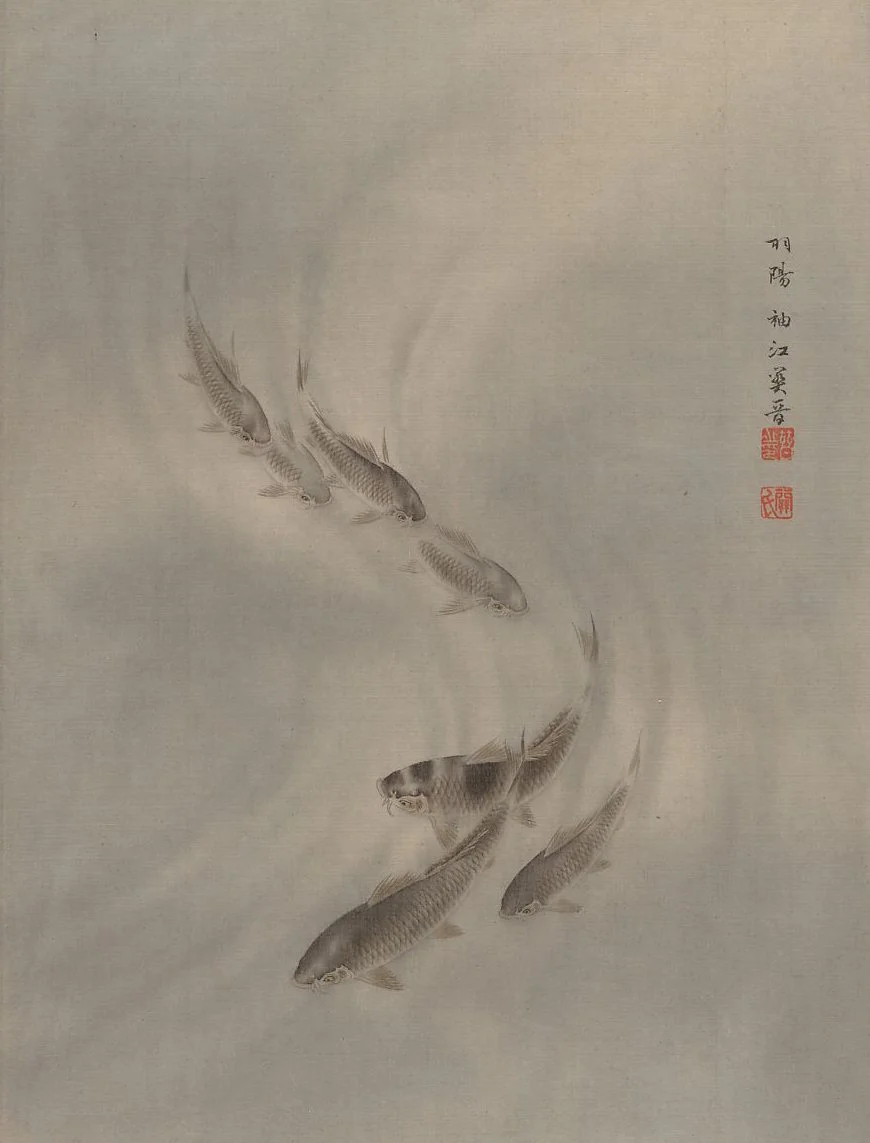
The practice of Reiki traces its history from the originator, Mikao Usui, who was born in the Gifu prefecture of Japan in 1865 and entered a Zen Buddhist monastery to find the true purpose of life at the age of fifty-four. After three years of studying, he still had not attained the level of enlightenment that he desperately sought, so he consulted with his master, who suggested that he should experience death. After much thought, Usui decided to retreat to Mount Kurama and prepare to die. During the third week of fasting and meditation on the Mountain, Mikao Usui felt as if he were hit by lighting and then lost consciousness. When he awoke at dawn the next morning, he felt refreshed and had a profound understanding that “The Universe is me – I am the Universe”.
Having attained satori (enlightenment) he rushed down to tell his master, and on his way, tripped on a rock, ripping off his toenail. He laid his hand on his toe and the pain disappeared; the bleeding stopped; and his toe healed. Sharing the principles that he had learned on the mountain, along with this way of working with energy - which Usui later named Reiki – became his mission until his sudden death in 1926.
Usui’s Reiki spread in Japan and after he passed, his most prominent students ran his organization, Usui Reiki Ryoho Gakkai. Most of the early heads of the organization were high ranking Naval officers, as Reiki had been adopted by the Japanese Navy, due to its usefulness on long voyages and the limited space on a warship. Once Japan lost World War II, the US banned all Eastern medicine and as a result, Usui’s Gakkai closed its doors to the public and although still in existence, remains closed to the public.
The teachings were kept in Japan through Chiyoko Yamaguchi, who practiced Reiki for over sixty-five years and was taught directly by one of Mikao Usui’s students, Chujiro Hayashi, a Naval doctor. Chiyoko Yamaguchi learned Reiki in 1938, at the age of seventeen, and formed the Jikiden Reiki Kenkyukai (institute) later in her life, after realizing that apart from the original Gakkai, there were no other practitioners in Japan. At the same time, Reiki spread in the west, brought over initially through Hawaii by Hawayo Takata, who lived from 1900 to 1980.
In 1999, the Jikiden Reiki Kenkyukai began holding classes in Japan for foreign students and Gudni Gudnason, who had already founded an early version of the Modern Mystery School in the US, became a Reiki Shihan (teacher). The original teachings of Mikao Usui included symbols and methods of attunement that were not handed down via written material. Sensing that some of these teachings were still missing from the Reiki being currently handed down, and with the original Gakkai closed to the public, Gudnason utilized an ancient mystery school meditation method that allows one to tune in to specific frequencies to access information – in this way, he gathered the teachings that allowed a stronger flow of the pure Reiki energy and an advanced energy healing method that is hinted at in the only written document published by the Usui Reiki Ryoho Gakkai, called Reiki Ryoho no Shiori. These advanced protocols utilize the same energy frequency of Mikao Usui’s Reiki and are called Ensofic Reiki.
Mikao Usui, the founder of Reiki
